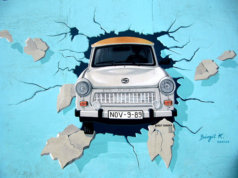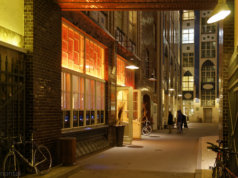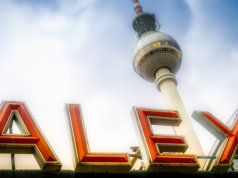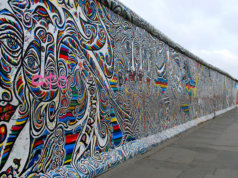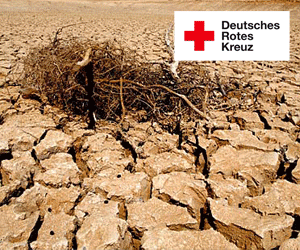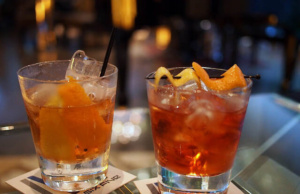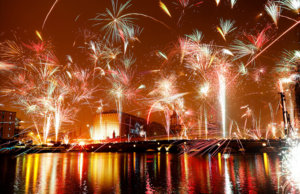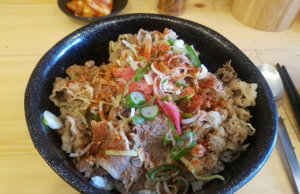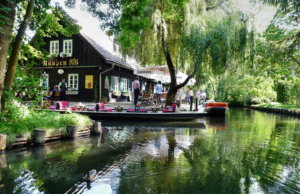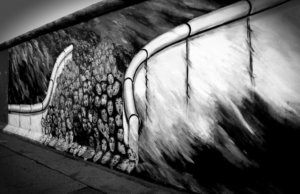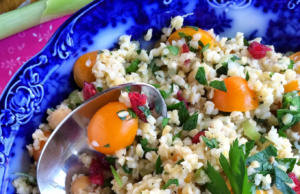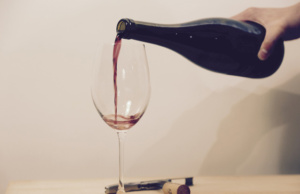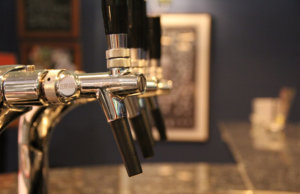Who doesn’t love a good pickle?
These crunchy, crisp sides are popular throughout the world – alongside a juicy burger in the US, as a regular salad in Romania and the perfect snack in Germany. And did you know one of the most famous pickles are produced right here in Brandenburg?
A brief history of the Spreewald Pickle
![By Kungfuman (Own work) [GFDL (http://www.gnu.org/copyleft/fdl.html) or CC BY-SA 3.0 (http://creativecommons.org/licenses/by-sa/3.0)], via Wikimedia Commons](https://www.berlinjournal.biz/wp-content/uploads/2016/11/Spreewalder-Gurken.jpg)
First, let’s go back to the very beginning. Spreewald is a roughly 500 hectare nature reserve located just south-east of Berlin. The area is covered in ancient forests, swampy fields and picturesque tiny villages, which pride themselves on – you guessed it – producing the perfect gherkin. Visitors can easily reach some of the small towns from Berlin by train within an hour.
Historians say that the Dutch first started growing cucumbers for pickling here back in the 14th century. It wasn’t until author Theodor Fontane made them famous with his famous travelogue Wanderungen durch den Mark Brandenburg in the 19th century did they truly catch on in Berlin. He was so enamored by the area – and its pickles – that he would have a barrel delivered to his home in Berlin each year.
During the time of the GDR, the regions pickles became state owned by Spreewaldkonserve Golßen. They were a highly prized item. The company thrived, developing expertise in the field of pickling. They were so good, that the gherkins became “Bückware” (“rare goods”) in the GDR – meaning there was never enough to go around. Following the reunification the company faced some challenges as it was on the free market with for the first time – with things like competition that they had never experienced before.
The company picked up, however, and today, nearly a million jars are bottled by 10 different producers. Learn more about their story here (albeit in German):
What makes Spreewald so ideal of growing cucumbers?
In addition to a suitable climate, the region is famous for its wet, mineral-rich soils that provide the ideal conditions for growing. The water is abundant with iron oxides and the soil is rich in humus – and organic compound that is vital to vegetable growth.
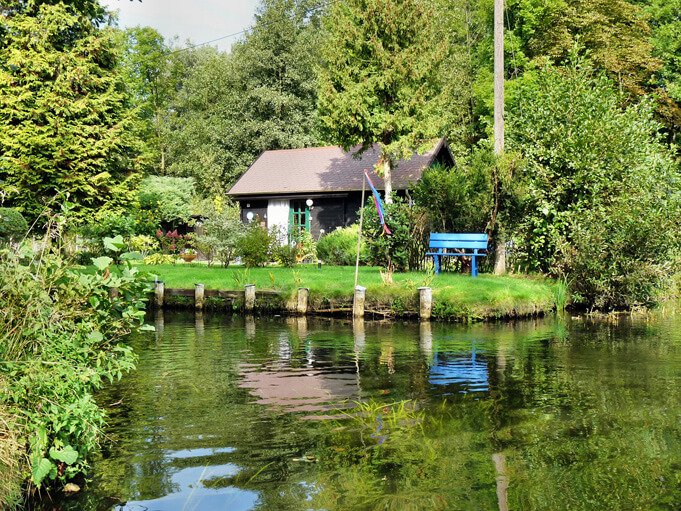
To date, the region also produces about half of the total pickled cucumbers sold in Germany. As well, the Spreewald pickle is EU-protected. This means that the phrase “Spreewälder Gurken” is a Protected Geographical Indication (PGI) – similar to Champagne – and no gherkins can be marketed under that name if they are not produced in the region.
Are there any other restrictions?
Well, yes. To officially be called a Spreewald Pickle, they have to be free from all artificial sweeteners. Each year, around 40,000 tonnes of cucumbers are harvested each year. They are then brought to the processing plants, where they are fermented for around 5 weeks. They are then preserved in either vinegar and sugar with some additions or a saltwater brine – producing some seriously sour pickles, known as Salzgürke.
Want to learn more about the Spreewald Pickle?
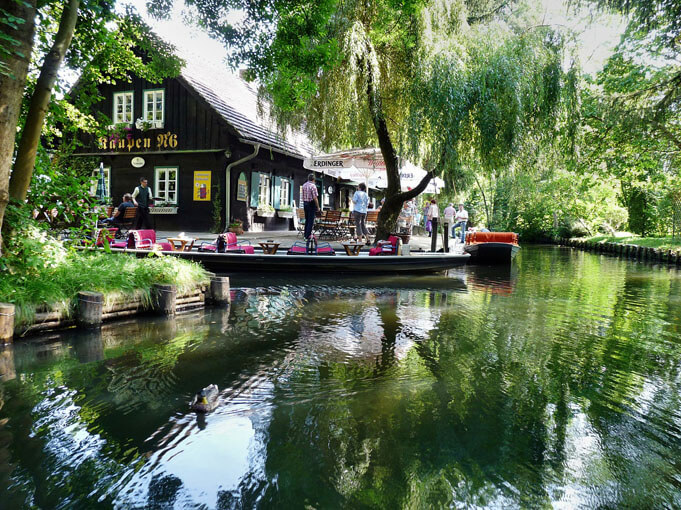
Visit on of the little villages. Lübbenau features the Gurkenmeile, with a line of stalls selling an unlimited amount of homemade gherkin products everyday except Sunday. Or head to Lehde, which features the world’s only – albeit bizzare – pickle museum. And if you’re around in the summer, don’t forget to check out the annual Gurkentag festival is Großen. On the first day, the gherkin “royal couple” will be crowned!

